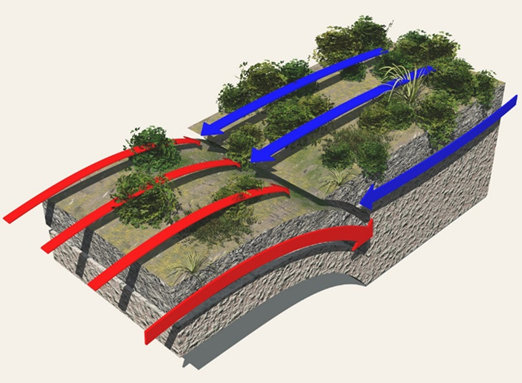From Gondwana-land to Far East Asia!
An investigation tracking the tectonic evolution of the South Korean Peninsula during the Paleozoic Period, over 500 million years ago.
The earth is old. Really old. So old, that it is difficult to imagine the timescales that its processes work over. Yes, these are all clichéd statements that have been rehashed in every geology book ever, but it’s always good to have that reminder as we continue to delve into the history of our home planet. There are few convenient clues, like coins or tree rings, to give us insight into the absolute age and time span of major events. Some relative timing is possible, by identifying common layers in the great cake of rocks and geological structures that make up our planet’s crust, but scientists around the world need something more to better understanding that the global geological events like supercontinent evolution.
The key is full understanding of geology, although we have to collect pieces of broken evidences from the mountainous areas, supported fundamentally by the results from interdisciplinary approaches such as integration of structural and petrological methods and geochronological and geochemical analyses based on field observations.

In a recent paper, Sanghoon Kwon from Yonsei University and his collaborate researchers dove into the local mysteries of the South Korean peninsula by collecting geological information using this approach. Based on understanding of Korean geology over the decade, they were able to explain the orogenic evolution from basin initiation related to the tectonic activity over the whole South Korean Peninsula since Cambrian in age.
This is important because orogenies that form the mountain belts are diachronous, polyphase, and spatially have lateral variations although fundamentals of plate tectonics theory enabled to recognize how the Earth, particularly the lithosphere, evolved in response to the mantle dynamics.
Thus, it’s difficult to separate major events into timelines and even trickier to determine how local timelines (relative) fit into world-wide tectonic activities to map the evolution history of the earth’s continents. The data provided by Sanghoon Kwon and his collaborators for South Korea is a key piece of the puzzle for tracking the Paleozoic tectonic evolution of the East Asian continents. As the researchers mention, “Understanding the spatial and temporal relations of sedimentary basins and mountain belts provide important clues on the crustal evolution in response to the tectonic plates.”
The researchers’ extensive sampling and testing provided a glimpse into the “progressive collision, subduction and extension in relation to the geodynamic evolution of the Paleozoic basins,” which will deepen our understanding of the tectonic history of the South Korean Peninsula, and will further provide a valuable key to continental evolution of East Asia during this timeframe.
Recommended Articles
Professor Byeong-Su Kim
New study demonstrates that “deformable” electronics are not a stretch
Professor Yeonjin Yi